
FARMERS MARKETS OF THE HEARTLAND
Heartland Foodways
The Heartland Foodways series seeks to encourage and publish book-length works that define and celebrate midwestern food traditions and practices. The series is open to foods from seed to plate and to foodways that have found a home in the Midwest.
SERIES EDITOR
Bruce Kraig, Roosevelt University
EDITORIAL BOARD
Gary Fine, Northwestern University
Robert Launay, Northwestern University
Yvonne Lockwood, Michigan State University Museum
Lucy Long, Bowling Green State University
Rachelle H. Saltzman, Iowa Arts Council
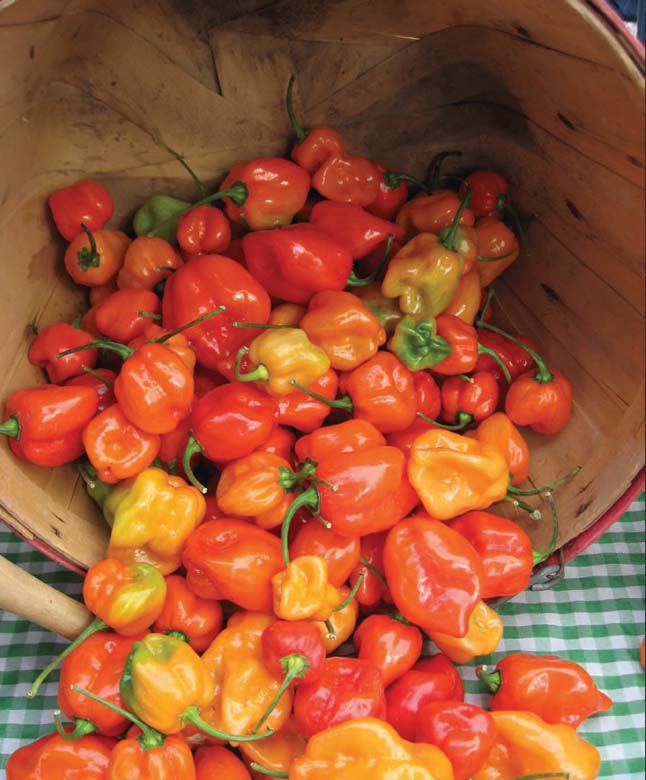

Dedicated to the farmers, who feed our future.
And to my husband, Lauro Arias, who kept the home fires burning.
2012 by the Board of Trustees of the University of Illinois
All rights reserved
Manufactured in the United States of America
P 5 4 3 2 1
 This book is printed on acid-free paper.
This book is printed on acid-free paper.
Cataloging-in-Publication Data available from the Library of Congress
ISBN 978-0-252-07863-7 (paper : alk.)
ISBN 978-0-252-09419-4 (ebook)
University of Illinois Press
1325 South Oak Street
Champaign, IL 61820-6903
www.press.uillinois.edu
Designed by Erin Kirk New
Composed in 9.7/14 PMN Caecilia
Manufactured by Bang Printing
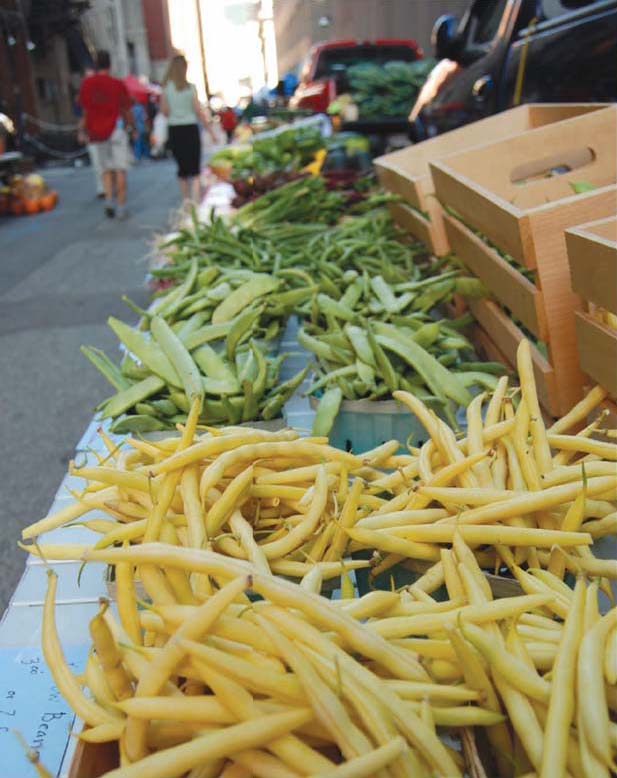
Contents
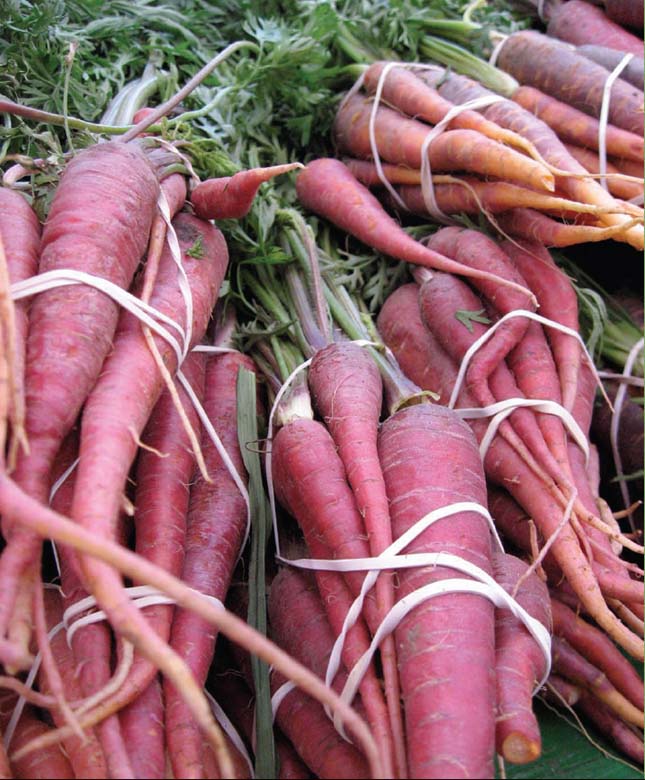
FARMERS MARKETS OF THE HEARTLAND
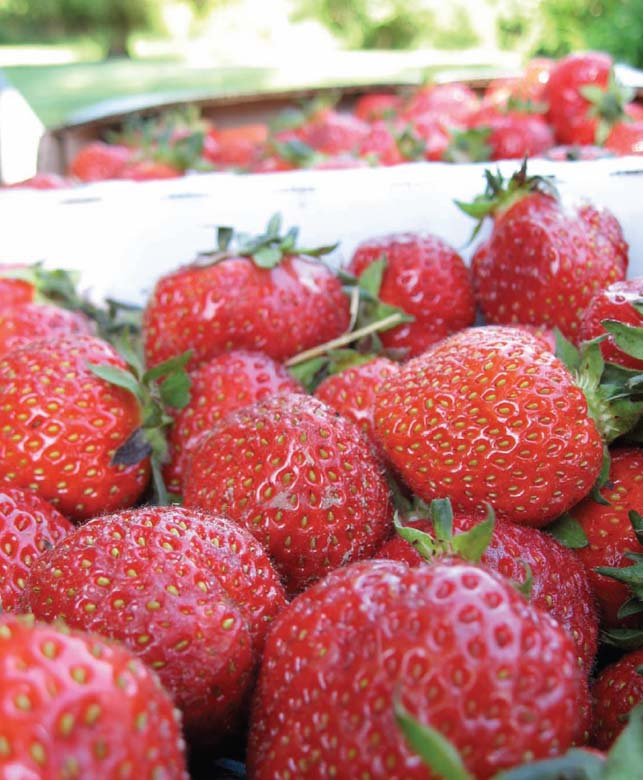
Introduction
I cannot remember when I first started shopping at the farmers market, but I can tell you when my official food crush began. It must have been late May in the early 1990s at a farmers market in Chicago. Thinking about dinner, with my mind maybe on carrots, I was confronted with a table filled with about twenty varieties of strawberries.
This dizzying array of vibrant red was enough to make me weak at the knees. And they were friendly, too, labeled with enticing, come-hither names like Earliglow, Rosa Linda, Jewel.
Have a taste, said grower Lloyd Nichols. No hand slapping or judgmental looks here at the open-air market. No feeling like I was sneaking into the cookie jar before dinner. A row of quart containers stood at attention, all lined up like Rockettes at a Christmas musical, separate from the sea of containers packed up for buying. And Lloyd Nichols, farmer and father to three strapping sons, smiling and saying, Try a few.
Mind you, for the longest time my strawberries had come from the supermarket, all the way from California, hollow and white in the middle and tasting a little like cardboard mixed with water. But not Nicholss strawberries. Red all the way through, somehow heavy and with a bursting flavor like an actual living strawberry, the kind that grew in my friends backyard that we would eat sitting between the rows, saving just a few to bring to the picnic table to dust with brown sugar and dip in whipped cream.
And when I compared Rhapsody to Pegasus, I realized they tasted differentdelicious, but different. I suddenly understood what people mean when they talk about the impossibility of choosing between their children.
So this was the moment I fell in love with real strawberries, and with my farmers market. And to this day I have yet to be convinced that any supermarket, even those rare ones that favor organic and local growers, come anywhere close to the open-air experience of discovering a new love.
This heady adventure was at the beginning of my personal local-food movement, years after Alice Waters began her own journey of working with farmers to supply ingredients for her legendary Berkeley restaurant, Chez Panisse. Years after, an act of Congress in 1976 laid the groundwork for the explosion of farmers markets we see today.
But I was ahead of some people too. After years doing public relations in the food business, where I worked with Julia Child, Graham Kerr, Ina Garten, and a host of people we now call celebrity chefs, I decided to check out the other side of the stove. I took classes at the Culinary Institute of America at Greystone, California, and then opened a cooking school, the Rustic Kitchen. Headquartered out of my home kitchen, I would invite a handful of people to come over and cook seasonal menus. I learned that not everyone shared my farmers market food crush. I dont have time to go to the farmers market, Janine. I dont have time to add one more thing. This from an otherwise charming woman whose name I will protect for now.
My students taught me that although many people see the farmers market as a place to buy food every week, to many it is an occasional curiosity, and to even more it is not on their radar screen. And when I learned that only 3 percent of food is sold at farmers markets, I realized there is a lot of room to educate people about the value of buying local, the health benefits of fresh food, and the fun of shopping at farmers markets.
If you are one of those people who are curious what the fuss is about with all this local food business, this book is for you.
Road Trip Research
I decided to explore the dynamics that feed a hungry audience, and I mapped out the middle of the country. With diligent research and a little throwing of a dart at a map, I embarked on a journey to learn about farmers markets and food in the Midwest.
My process was carefully orchestrated and the most fun I have ever had. First, I scouted the best locations with tips from Slow Food friends, regional food and agriculture writers, even Facebook and Twitter. I scheduled market visits with the help of a spreadsheet that noted each markets days and hours, a dog-eared road atlas, and my trusty GPS system, nicknamed Sally.
And then I took to the road.
My road trips typically began on a Thursday, when I would stash a cooler in the trunk of my red Mustang and head to an afternoon market. The next day I would find a Friday market and sometimes visit a farm. I would get to bed early so as to arrive at my first Saturday market at the opening bell. After as many as four markets on a Saturday, I would then head back to Chicago to sift through my notes and photos, schedule follow-up interviews, and conduct additional research with organizations that advocate for small farms and local food.
I met people saving livestock breeds recently slated for extinction, along with farmers growing heirloom fruit and new varieties of vegetables. I found artisans making cheese and bread and jam. One farmers market had a festivallike atmosphere, with live entertainment, locally roasted coffee and artisan pastry, chef demonstrations every hour, all in the friendly confines of a leafy park. Moms with strollers mingle with chefs in white jackets or in unshaven incognito. Other markets were more utilitarian, on asphalt with easy parking. Today, if you are interested in food, you are at the farmers market.
Next page
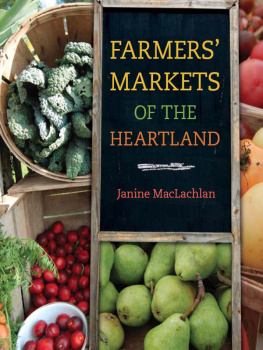



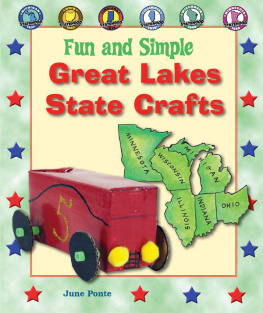
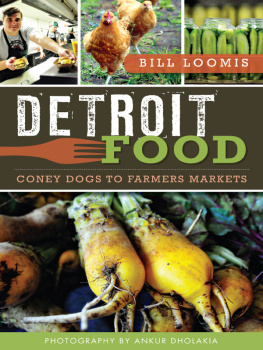
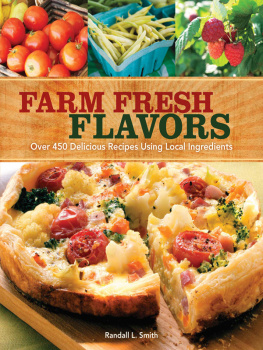
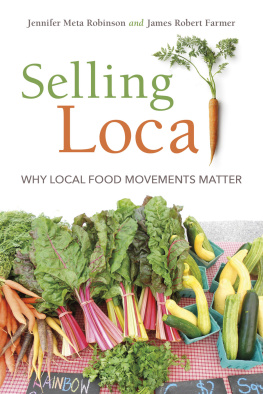



 This book is printed on acid-free paper.
This book is printed on acid-free paper.

